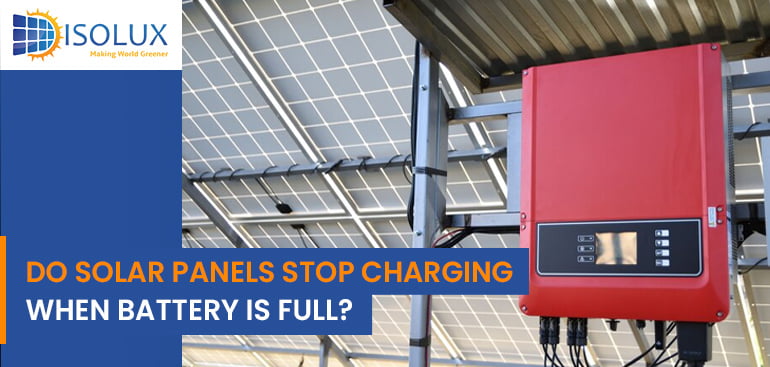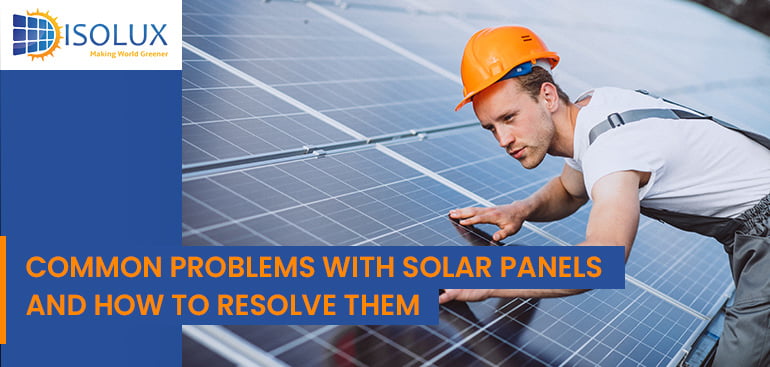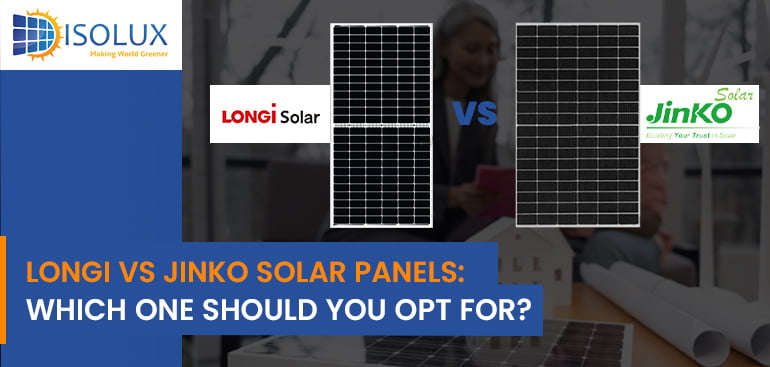Solar energy is quickly becoming a popular source of clean, renewable energy for homes across the world. With numerous benefits, it is no wonder why so many homeowners are choosing to invest in solar panels. In this article, we will take a closer look at 10 of the many benefits of solar panels for your home.
The use of solar panels has become increasingly popular as a means of reducing energy costs and helping to protect the environment. However, there have been concerns raised about whether solar panels can cause roof leaks. This article will examine the truth about this issue and provide information to help you make an informed decision about using solar panels on your roof.
Yes, solar panels are designed with built-in mechanisms to stop charging the battery when it is full. This is known as a charge controller, and its main function is to regulate the flow of electricity from the solar panels to the battery to prevent overcharging. The charge controller monitors the battery voltage and limits the amount of current that flows into the battery once it reaches its full capacity. This helps to ensure the longevity of the battery and prevent damage caused by overcharging.
Energy consumption is a crucial aspect of our daily lives, and the sources we rely on to power our homes and businesses have a significant impact on the environment. Solar energy and traditional grid power are two of the most common sources of energy. In this article, we will compare these two forms of energy, examining their benefits, drawbacks, and costs.
Solar panels are a popular source of renewable energy, but like any technology, they can experience problems from time to time. In this article, we’ll take a look at some of the most common problems with Solar Panels that homeowners and businesses experience and provide practical solutions for each.
Battery storage is an important component of solar energy systems because it allows for the efficient and reliable utilization of solar energy. There are various aspects to consider when selecting a battery storage system for your solar energy needs to guarantee that you get the best system for your needs. To choose the right Solar Battery Storage Systems for your solar energy needs, consider the following factors:
As we know, the best solar power inverter will convert Direct Current (DC) into usable Alternating Current (AC) so that the home can be powered and all appliances can use electricity. Both SolarEdge and Enphase are the best solar power inverters in Australia. Without an inverter, the electricity generated by the solar panels would be useless.
When it comes to homeowners in Australia who are interested in switching to solar, the most common debate is on Jinko vs Longi solar panels. Both of these are the preferred choices and the favourite solar panels for most homeowners.
HT-SAAE, also known as Shanghai Aerospace Automobile Electromechanical Co. Ltd., was established in 1960. Only a few people are aware that it is managed and owned by China Aerospace Science and Technology Corporation. In 1998, HT-SAAE began selling solar cells to the general public.
If you are a homeowner planning for solar panel installation in Sydney, this SunPower solar panels review article is for you. SunPower is a trusted brand in the solar panel market and has long topped the segment of premium solar panels. They have perfected the technique of producing solar panels, and as a result, SunPower solar panels maintain the distinction of manufacturing remarkable panels with a 22.6% efficiency rate, the highest in the home solar panel category.










